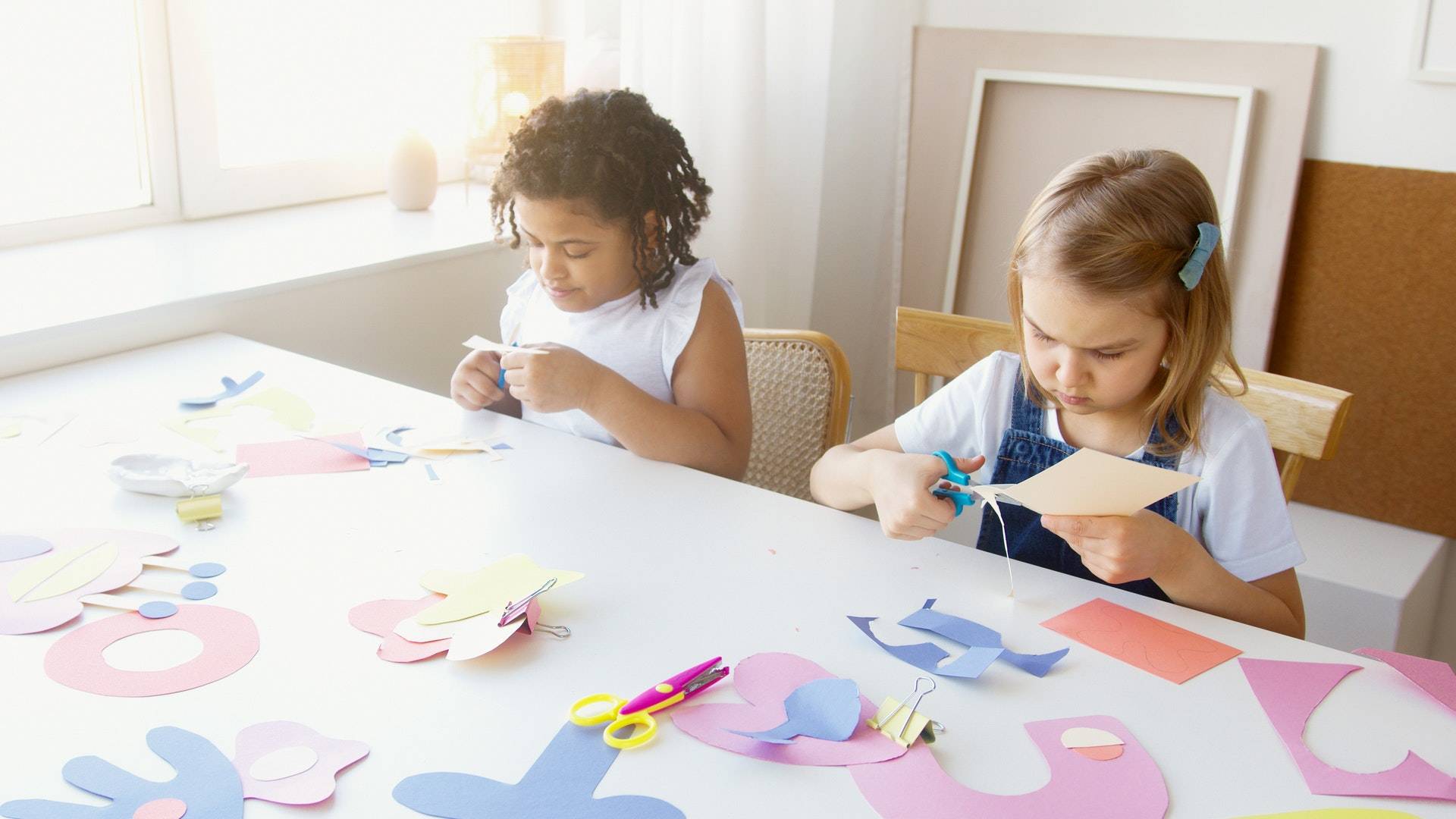Design thinking is a human-centred, iterative process that can be used to design anything, from a product to a service. And it’s not just for adults!
There are many reasons to expose children to the design thinking process. For one, it teaches kids how to think critically and creatively. It also helps them develop problem-solving skills, which are essential in any field.
The design thinking process is often divided into five stages:
1. Empathise
The first stage is to gain an understanding of the problem. This crucial step involves consulting users to find out their experiences and immersing yourself in their world to get a personal understanding of the issues to solve.
2. Define the Problem
This second stage is where you define the problem. What this means is that you need to break down the problem and identify the core segments to work on.
3. Ideate
At this stage, you can get really creative! Once you have all the information, it’s time to brainstorm as many ideas and solutions as possible that will help solve the problem.
4. Prototype
The fourth step involves creating a prototype of your solution with the materials you have at hand. Try out different ideas before deciding on what works best for the design!
5. Test
One of the most important aspects of design thinking is to always be willing to iterate and improve upon your design! Once a product is complete, it goes through various rounds of testing to get feedback so that any improvements can be made before the product goes live.
While we’ve presented these stages in a rather linear manner, design thinking is actually a non-linear process wherein each stage can be revisited at any time, time and again.
Learn more about how the design thinking process is used in invention education! Check out our courses and programmes on invention education.




